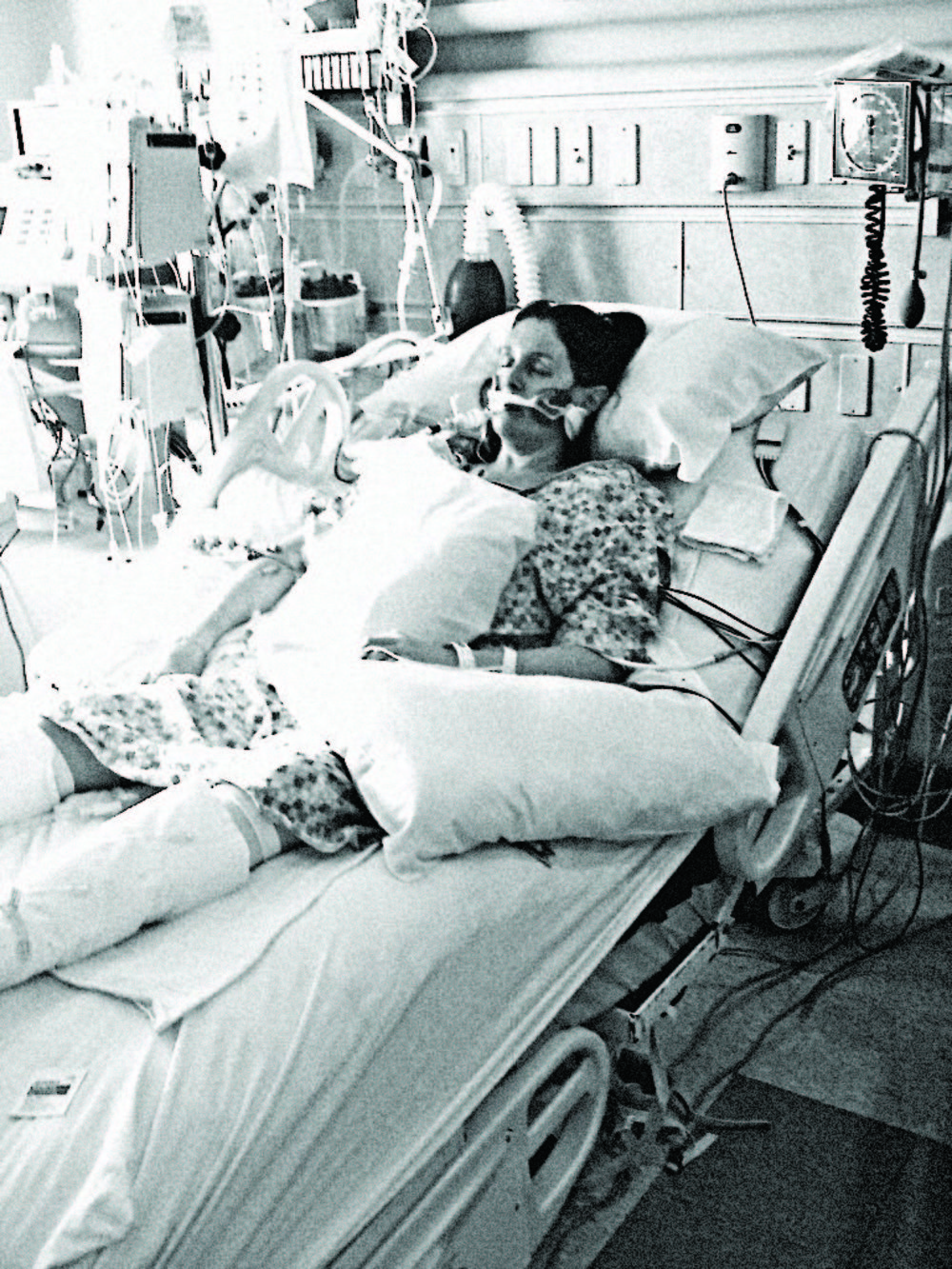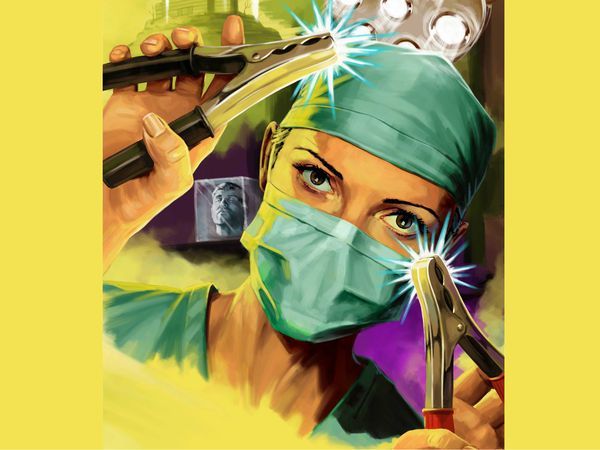One afternoon in February 2011, Kelly Dwyer strapped on a pair of snowshoes and set out to hike a beaver pond trail near her home in Hooksett, New Hampshire. When the sun dropped below the horizon hours later, the 46-year-old environmental educator still hadn’t returned home. Her husband, David, was worried. Grabbing his cellphone and a flashlight, he told their two daughters he was going to look for Mom. As he made his way toward the pond, sweeping his flashlight beam across the darkening winter landscape, he called out for Kelly. That’s when he heard the moans.
Running toward them, David phoned their daughter Laura, 14, and told her to call 911. His flashlight beam soon settled on Kelly, submerged up to her neck in a hole of dark water in the ice. As David clutched her from behind to keep her head above water, Kelly slumped into unconsciousness. By the time rescue crews arrived, her body temperature was in the 60s and her pulse was almost too faint to register. Before she could reach the ambulance, Kelly’s heart stopped. The EMTs attempted CPR—a process doctors continued for three hours at a hospital in nearby Manchester. They warmed her frigid body. Nothing. Even defibrillation wouldn’t restart her heart. Kelly’s core temperature hovered in the 70s. David assumed he’d lost her for good.

